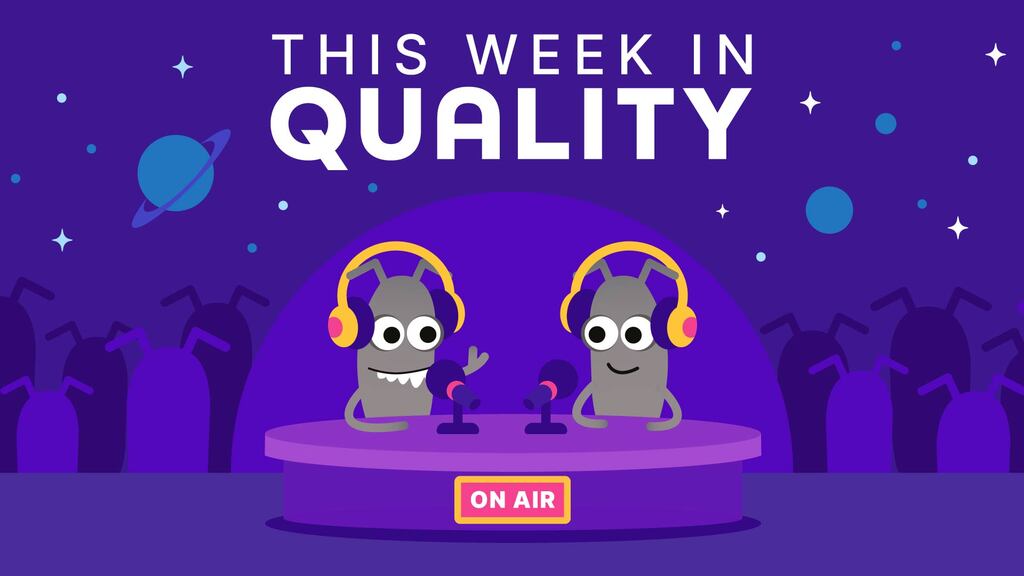
I like what Joel says here.
We can talk about 'best' or 'good' practice. Or good ideas on how to do things.
Yes it's probably better to test early, to shift-left, to build-quality in from day one.
But sometimes we just have to do better and care for the products we are building.
I often refer to this as "doing the work". It's usually not glamorous. Nor does it usually have a fancy name. Though it does help keep the organisational flywheel spinning, and businesses need that.
We can talk about culture, models or philosophies of how we work, but really, quality comes from doing the work. From understanding the complexity of what we are working on, spotting problems and working hard to fix them.
I personally see this under the "quality is care" banner. We do what we can, within the capacity of what we have, to do the best we can. We aim to ship quality because we care and want to do the best for the organisations we serve.
And "doing the work" is the best kind of proof to show that we care.
Link to Joel's LinkedIn post: https://www.linkedin.com/posts/joelm3_why-do-we-assume-complex-problems-have-simple-activity-7356259670790914048-pI-j




